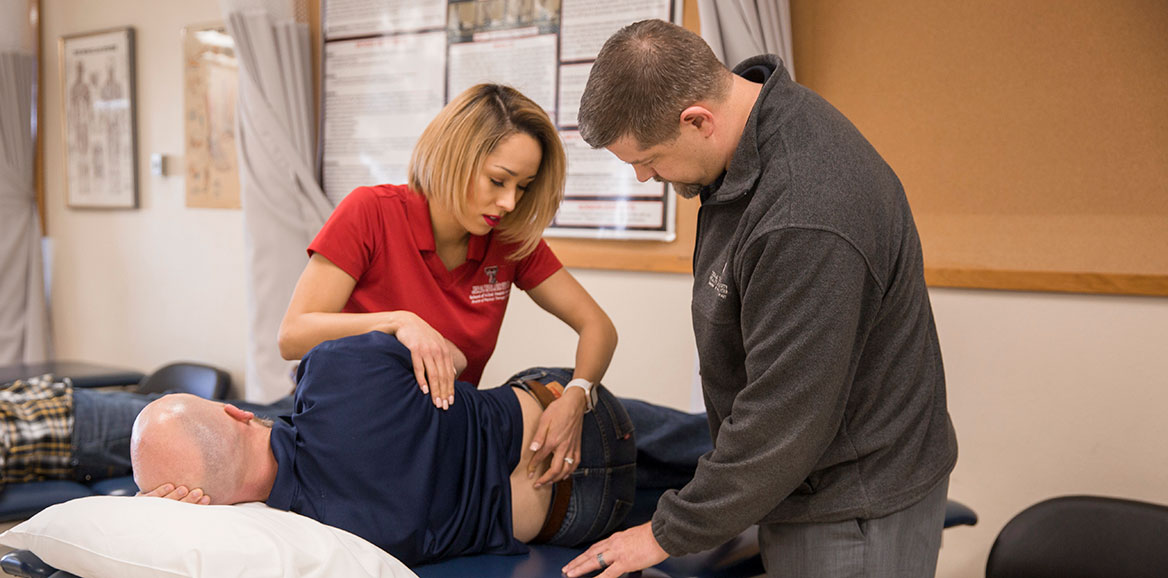Doctor of Physical Therapy: The Profession

The American Physical Therapy Association (APTA) defines Physical Therapists as “movement experts who treat people of all ages and abilities, helping them improve and maintain function and quality of life. Physical therapists create individual treatment plans to match each person’s goals, helping people improve their fitness and function, avoid surgery, reduce the use of opioids and other drugs, and partner in their own care.”
All entry-level physical therapy programs throughout the United States now issue a Doctor of Physical Therapy (DPT) degree. In order to receive a license to practice physical therapy, a program graduate must pass a national licensing examination and apply for state licensure.
Physical therapists practice in numerous settings and work with individuals with a wide variety of diagnoses. Physical therapists may be found practicing in the hospital, in-patient rehabilitation, nursing home, hospice, school, early childhood intervention, outpatient clinic, occupational health, sport, and home-healthcare settings. Physical Therapists commonly evaluate and treat patients across the lifespan with a variety of conditions including but not limited to the following diagnoses:
- Musculoskeletal injury/dysfunction such as arthritis, sprains, strains, and disc herniations
- Neuromuscular conditions like stroke, head injury, spinal cord injury, Parkinson’s disease, and multiple sclerosis
- Pediatric conditions like muscular dystrophy, cerebral palsy, and developmental delay
- Cardiopulmonary conditions like post-heart attack rehabilitation, COPD, cystic fibrosis, and pneumonia
- And many, many others
Physical therapists incorporate exercise prescription in addition to hands-on joint and soft-tissue mobilization, physical agents, modalities, facilitation, bracing/splinting, and other treatment techniques to address movement dysfunction and promote increased independence, wellness, and quality of life.
For more information, please visit Move Forward.
